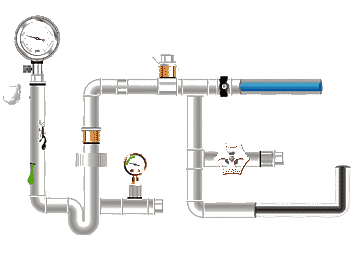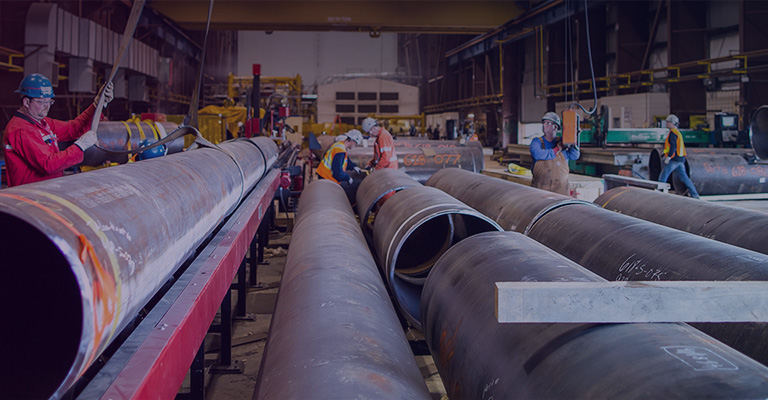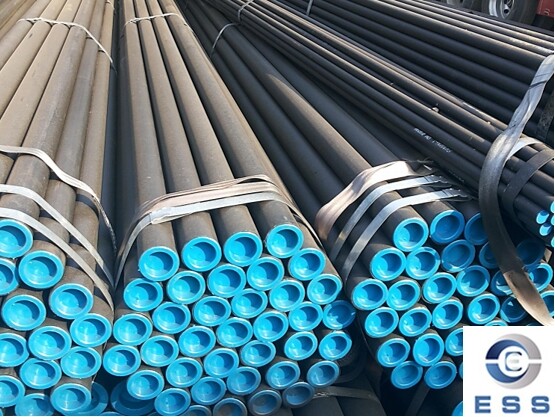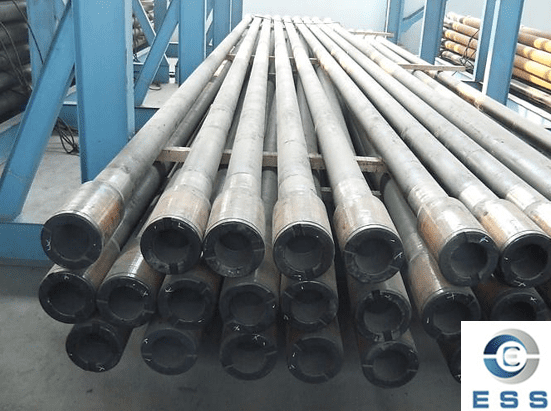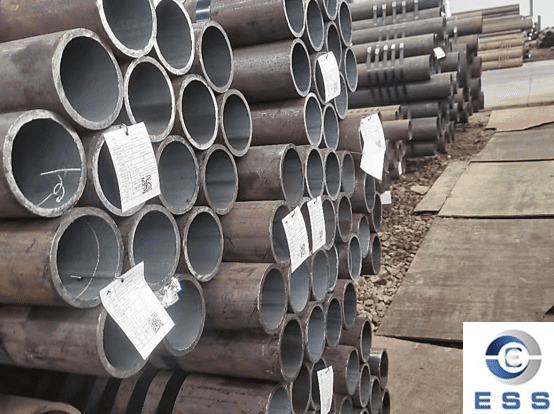Pipe flange corrosion refers to the corrosion phenomenon that occurs at the flange
connection part in the pipeline system. Flanges are important components for
connecting pipelines or equipment. They are usually made of metal and are used
to connect the two ends of pipelines or between equipment. Why do pipe flanges
corrode? How to prevent it? If it still corrodes, is there any way to repair
it?
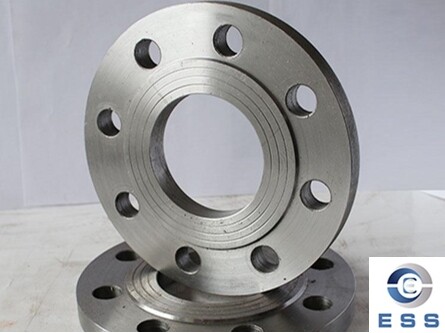
The main causes of pipe flange corrosion
include the following aspects:
1. Environmental factors
The poor conditions of the flange
installation environment are one of the main causes of corrosion. If the
installation environment has corrosive environments such as sewage, high
temperature, acid and alkali, the flange surface will begin to corrode and form
rust. In addition, a humid and high humidity environment will also accelerate
the oxidation process of the metal and form rust.
2. Material factors
Improper material selection of flanges can
also cause corrosion. If the flange material is incompatible with the medium,
or if the material itself has defects (such as cracks, pores, etc.), it will
accelerate the corrosion process. For example, the chlorine gas delivered by
the chlorine compressor is highly corrosive. If the flange material is not
corrosion-resistant, corrosion will occur.
3. Installation and use factors
Improper installation and use of flanges
can also cause corrosion. If the flange is not sealed tightly or tightened
unevenly, it will cause medium leakage, thereby aggravating corrosion. During
operation, improper operation (such as frequent start and stop, overpressure
operation, etc.) will also cause impact and wear on the flange, thereby causing
corrosion.
4. Electrochemical corrosion
If there are dust containing other metal
elements or foreign metal particles attached to the surface of the stainless
steel flange, micro batteries will be formed in humid air, triggering
electrochemical reactions, destroying the protective film, and causing rust. In
addition, organic juices, acids, alkalis, and salts will also form organic
acids in the presence of water and oxygen, corroding the metal surface.
Preventive measures for pipe flange
corrosion:
1. Choose suitable materials
Choose suitable materials according to
different installation environments to prevent rust. At the same time, check
whether there are scratches and damage on the flange surface before
installation to avoid rust caused by incompatible contact materials.
2. Strengthen maintenance
Maintain the flange regularly, remove
surrounding sewage and sediments, and prevent the impact of the environment on
the flange and the accumulation of dirt to accelerate rust.
3. Keep dry
After the flange is installed, it should be
kept dry to prevent moisture from entering the interior and causing rust. If
the flange is installed near a water source, a waterproof cover and other
facilities should be installed to prevent moisture from entering the interior.
4. Anti-corrosion coating
Use anti-corrosion coating or protective
caps on the flange connection bolts to prevent corrosion. For parts that are
difficult to maintain, severely corroded bolts should be checked and replaced
regularly.
The repair methods for pipe flange corrosion mainly include the
following:
1. Scrubbing method
If the flange is slightly rusted, the rust
can be removed by scrubbing. The specific method is to apply a small amount of
toothpaste, detergent or white wine to the rusted part, scrub it with a soft
brush, and finally wipe it clean with a damp cloth.
2. Chemical
dissolution method
Use chemicals to remove rust. First, grind
the rusted part with sandpaper, and then use rust remover to clean it. Wear
protective gloves, masks, goggles and other equipment during operation.
3. Electrolysis method
This method requires professional
equipment. The rusty metal is used as the anode to produce an
oxidation-reduction reaction between the anode and the cathode, so that the
rust is dissolved and falls off, achieving the rust removal effect.
4. Anti-rust oil brushing method
If the flange is often in a humid
environment and is prone to rust, you can apply a layer of anti-rust oil every
once in a while. The method of use is to wipe the impurities on the surface of
the flange with a cloth first, and then apply anti-rust oil with a brush, which
can effectively extend the service life of the flange.
5. Anti-rust paint coloring method
Apply a layer of anti-rust paint on the
surface of the flange and then color it, which is both beautiful and practical.
6. Replacement method
If the flange is severely rusted and cannot
be repaired by the above methods, the best solution is to replace it. No matter
how good the repair method is, it cannot repair an overly rusted flange, and
replacement is the only solution.
7. Maintenance paint solution
Use epoxy or polyurethane coatings directly
bonded to the substrate, which is suitable for anti-corrosion protection of
flanges. Although thickening the coating can solve the edge protection problem,
it will seal the fasteners, making subsequent maintenance difficult.
8. Mechanical solution
Use protective covers and clamps to seal
flanges and flange gaps, usually made of stainless steel or plastic with rubber
sealing strips. This method has poor flexibility and requires covers or clamps
that fully match flanges of various sizes.
9. Tape or semi-solid anti-corrosion tape
solution
Use petrolatum tape, wax or elastic polymer wrapping tape wrapped
around the surface of the substrate to provide reliable anti-corrosion
protection.
10. Hot melt plastic solution
Use waxy fusible polymers heated at high
temperatures to spray on the surface of the substrate. The advantage is that it
can be remelted and reused, saving costs.
11. Polymer sealing bag solution
Use a sealing bag with a low permeability
polymer to completely wrap the flange to provide comprehensive protection.
12. New peelable sealing film system
Designed specifically for protecting
flanges, fasteners and related pipes, with safe and simple construction.
Summary
There are many reasons for pipe flange
corrosion, including environmental factors, material factors, installation and
other external factors. The specific repair method needs to be carried out
according to the specific cause of corrosion. At the same time, preventive
measures should be taken before use. After purchase, you can learn from the flange supplier or consult professionals to avoid losses caused by pipe flange corrosion.









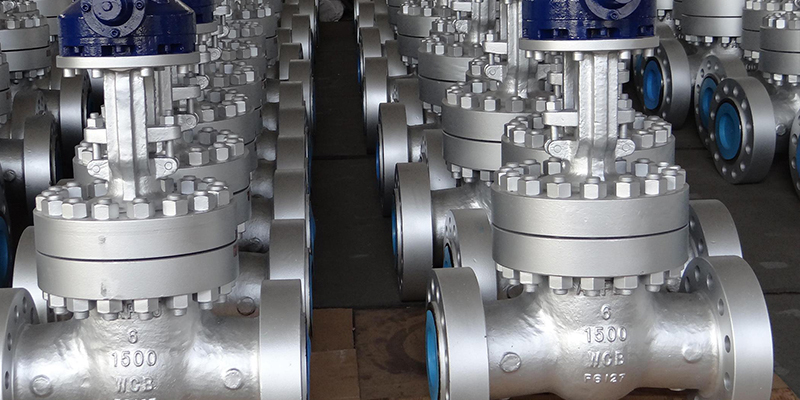
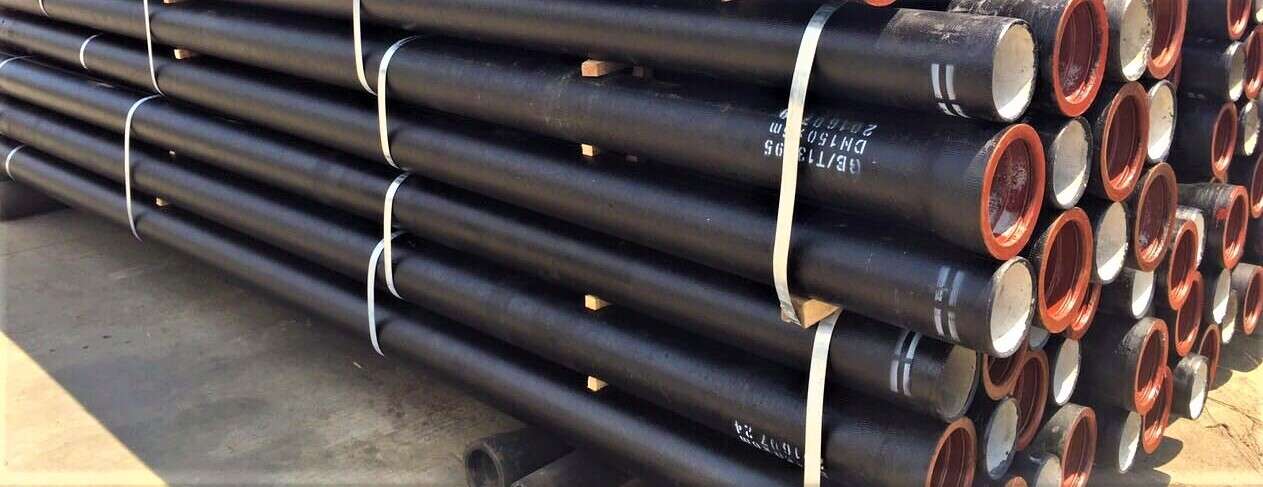


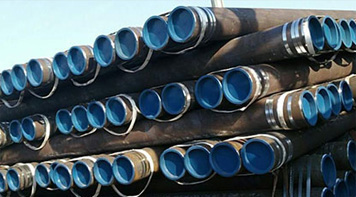 Eastern Steel Manufacturing Co.,Ltd not only improve product production and sales services, but also provide additional value-added services. As long as you need, we can complete your specific needs together.
Eastern Steel Manufacturing Co.,Ltd not only improve product production and sales services, but also provide additional value-added services. As long as you need, we can complete your specific needs together.
